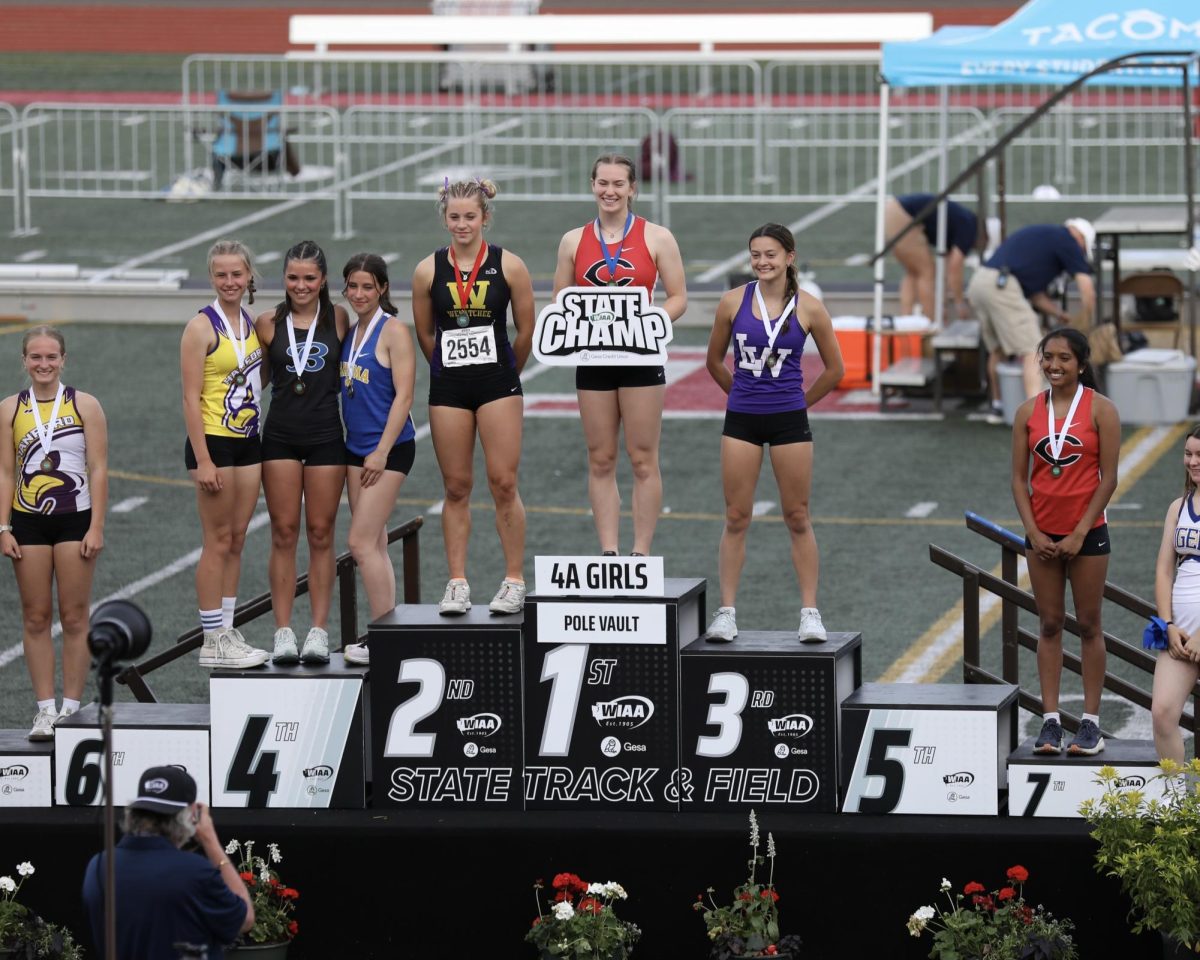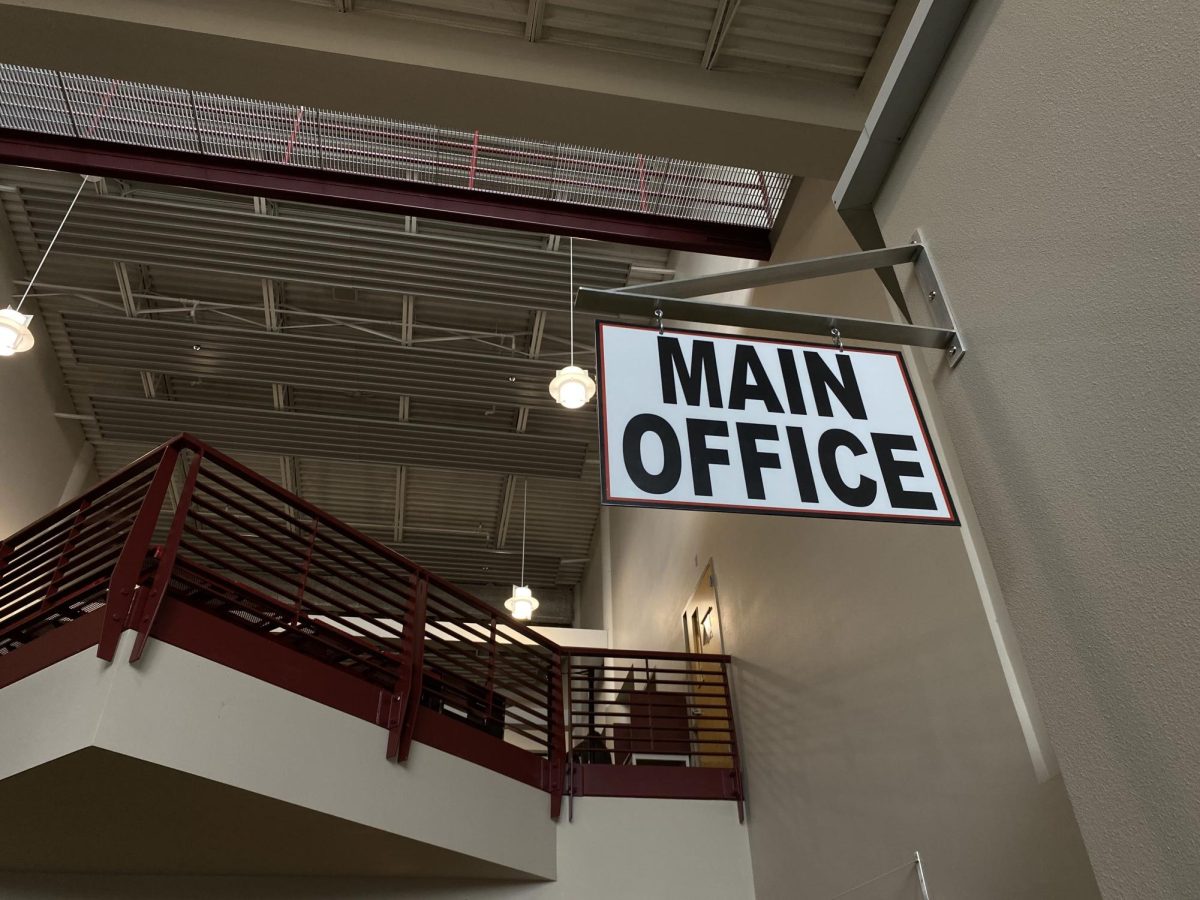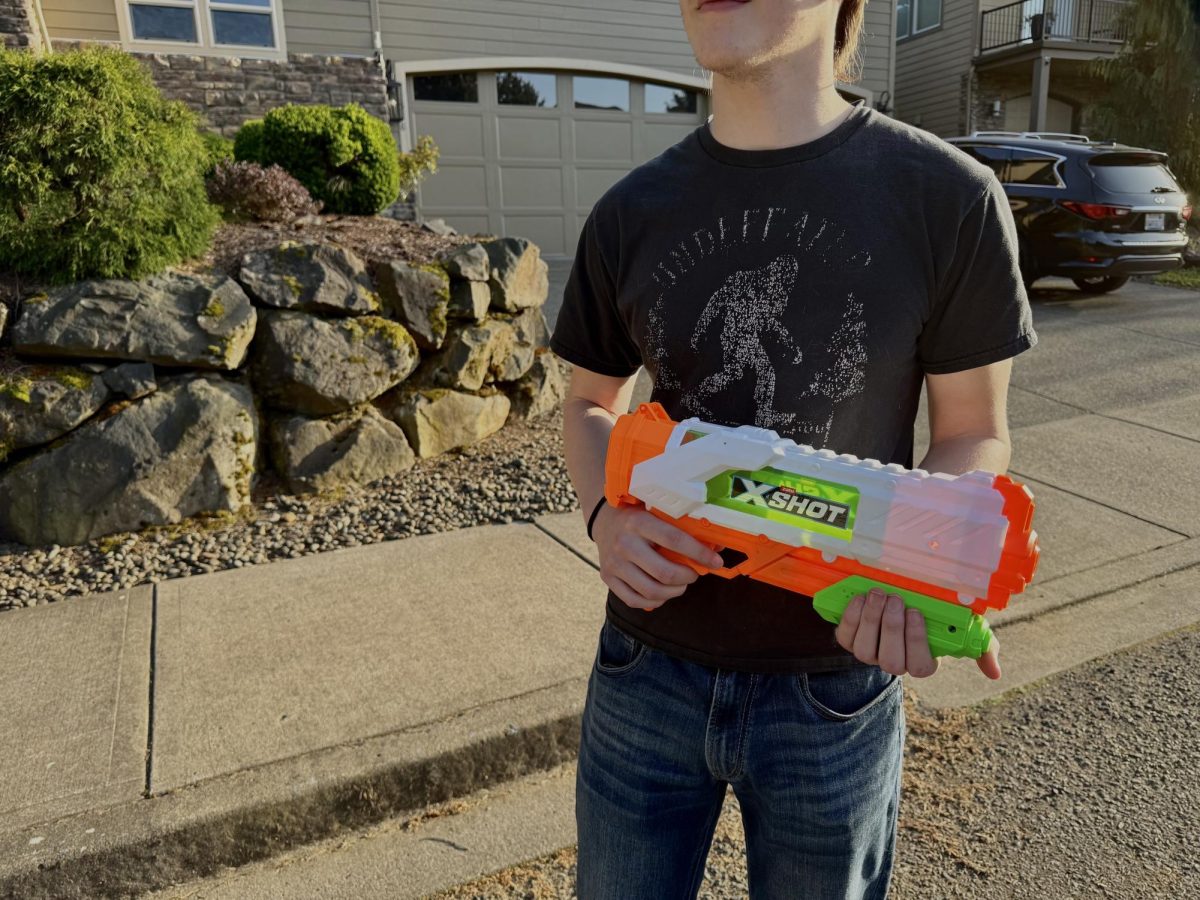Next year’s forecasting at Camas High School (CHS) ended on March 20. Several new classes were proposed, such as the two astronomy classes and Holocaust and Genocide Studies. Other classes, which run inconsistently from year to year, also appeared in the course catalog. The explanation as to what it takes for one of these classes to run has remained ambiguous to many until now.
The primary factor that determines whether a class will be offered is the number of students who forecast for the class. Before forecasting, though, teachers need to propose the class and have it approved by the administration.
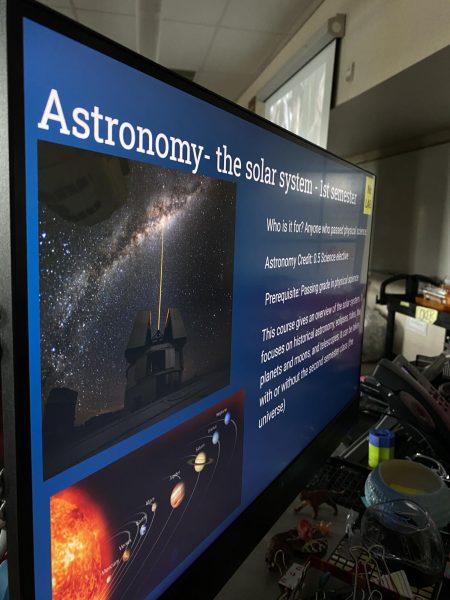
“As an admin team, we sit down and we decide whether or not we think that students will be interested in it,” CHS Vice Principal Tom Morris, said. “[It will be taken into account] if it will require more funding or pull a teacher away from something else they are teaching.”
The process that determines what is considered “enough” students is more intricate than an unchanging minimum number. Forecasting tells administrators how many students want to take each class, but they still need to process the information with available resources in mind.
“We get a certain amount of staffing from the district office,” Morris said. “[Oftentimes] maybe 10, 12, 14 kids sign up for it… we’re not getting as much ‘bang for the buck’ with that teacher as [we would] if they were teaching another class,” Morris said.
In some cases, like that of AP Physics C, a class might have a sizable amount of people forecasted for it, but it may be omitted for another class to take its place.
“If we need another Physical Science section, then we may not have Physics C, because [Tristan] Wells could teach that Physical Science section,” Morris said.
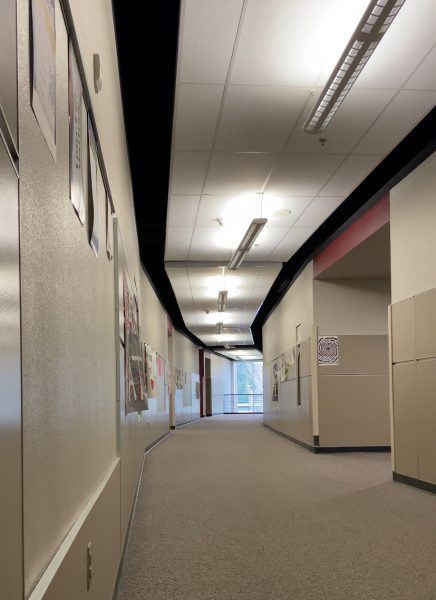
Alternative course requests allow students to select their ideal backup classes, should something prohibit them from taking their primary choices.
“A lot of people say they are interested in Astronomy, so I’m assuming that it’s going to be added, and if not I have a couple alternates,” CHS junior Connor Yee said.
Each year around the period in which forecasting is open, students often mention limited class sizes.
“I wouldn’t be worried because I signed up at the last second, so there are potentially more spots. Unless they cancel on me, then all I’ve got for elective next year are art classes,” CHS junior Ethan Gordon, who has forecasted for Physics C, said.

